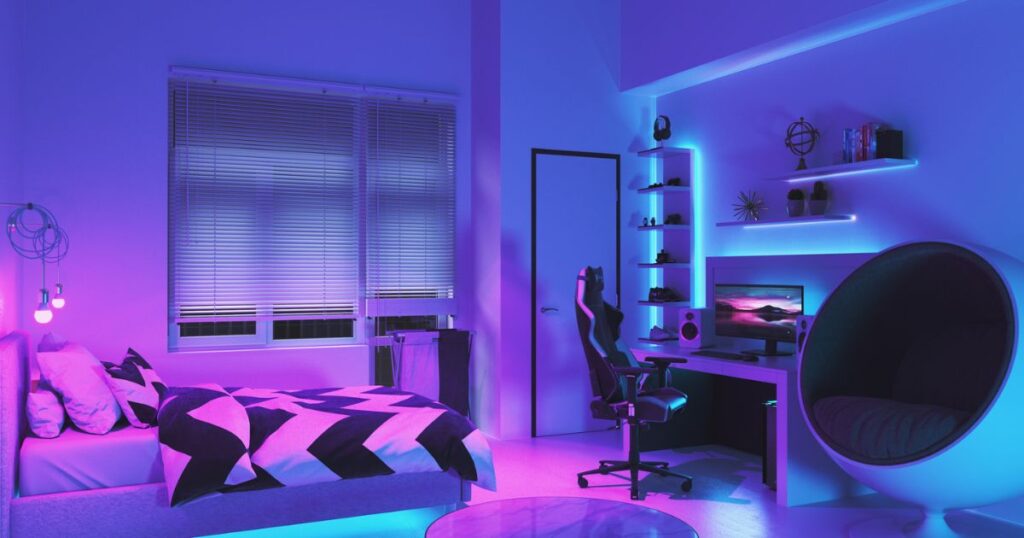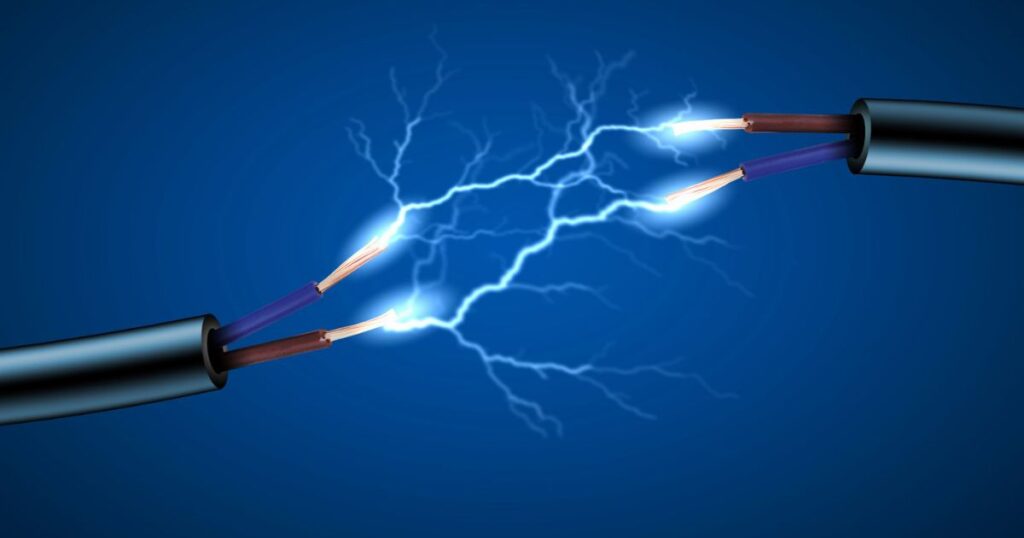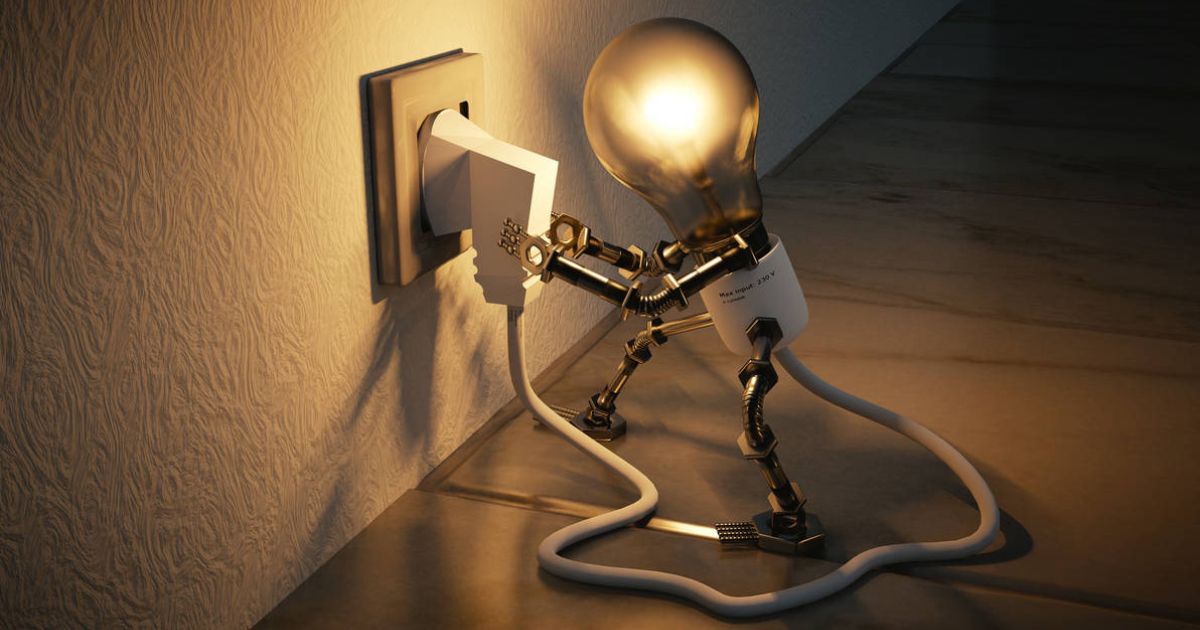LED light strips have become a popular way to add lighting around homes, but do they use high amounts of electricity? This guide examines how strip length, brightness settings, and other factors impact power usage to determine if LEDs are economical over time.
Wondering if LED strips are worth the investment or if they’ll drive up your bills? The answer may surprise you. While initial costs are comparable to other options, LEDs are often more energy efficient. Learn how to keep us low and savings high.
Electricity use partly relies on runtime. Short-term dimly lit projects consume less than all-day brightly lit installations. Careful planning ensures LEDs fit needs without overspending on unnecessary watts. Selecting the right products optimizes both style and efficiency.
LED Light Strips Are More Efficient Than Other Options

LEDs use up to 90% less energy than incandescent bulbs of equal brightness. Comparing a single 60-watt bulb to flexible LED strips reveals drastic differences. Even compact fluorescents, while efficient themselves, don’t match the ultra-low power draw of modern LEDs. This raw efficiency makes LED strips an affordable solution for decorative and task lighting over time.
Switching to off LED light strips doesn’t require major home upgrades or wiring changes either. Their plug-in design installs nearly effortlessly for instant savings. Built-in drivers convert power smoothly for years. This convenience and long lifespan earn LED light strips a place as the new sustainable standard for residential accent lighting.
Electricity Usage Depends On Strip Length and Brightness
Several variables dictate overall consumption. Longer runs spanning many feet use more watts than short segments. Similarly, high output brightness devours energy, while lower settings sip electricity conservatively. Consider the project needs to size strips properly and avoid inefficient excess lighting.
The footage comes with a caveat – power draw doesn’t always directly scale with length. Spreading luminosity over a greater distance slightly lessens each LED’s workload and improves efficiency. Tailor installment to rooms realistically rather than going overboard, and balance needs with thrifty brightness levels for maximum economy.
Longer Runs Use More Watts
The cumulative wattage of additional LEDs in extended strips stacks up, so longer configurations demand higher power delivery. Shorter segments bolster efficient, focused lighting where practitioners need it most without taxing circuits unnecessarily.
High Brightness Means Increased Power Drain
Maximized luminance strains electricity usage as bulbs work harder to appear brilliant. Lower settings conserve watts handsomely while still delivering ambiance or work lighting perfectly suitably. Adjust brightness judiciously according to tasks and situations.
Choose Strips to Fit Your Space Needs
Shop thoughtfully by taking measurements and envisioning projects. Gauge spans accurately to get precisely the right footage without leftovers. Assess necessary brightness alone or layered for diverse effects. Right-size selections maximize useful lifespan and cost-effectiveness from day one.
Shorter Strips and Lower Brightness Settings Save Power
Keeping strip lengths minimal and brightness levels moderate are simple ways to reduce energy consumption from LED light strips. Some best practices include:
- Cut strips only as long as needed to light the intended space
- Limit footage to cumulative wattage stay below circuit recommendations
- Operate at 50-75% brightness for significant savings from full 100%
- Install multi-zone strips and control sections independently
- Use the lowest sufficient lumen settings suited for different activities
LED Strips Allow Easy Adjustment of Brightness Levels
LED drivers facilitate convenient dimming or brightening via remote controls. Toggle amongst presets or smoothly dial in customized ambiance. This touch allows tailoring lighting precisely as needs change throughout nights and seasons.
No cost-intensive rewiring occurs simply to adjust the atmosphere. Dimmed scenes still shine perfectly adequately while slashing consumption drastically from fully lit counterparts.
Professional quality controllers offer fine-tuned zones, colors, speeds, and more. Apps further the fun by programming patterns and syncing light shows. But even basic models foster sustainable savings through variability without fuss. Flexibility bolsters the eco-friendliness and value of LED solutions tremendously.
Consider Wattage Rating When Comparing LED Strips
| Product | Strip Length | Brightness Rating | Wattage |
| Govee RGBIC | 16.4ft | 800 Lumens | 9W |
| HyperTEK LED Strip Lights | 25ft | 1200 Lumens | 12W |
| Omeril RGB Strip Lights | 5m (16.4ft) | 1600 Lumens | 16W |
Examine specifications like watts, brightness, and energy class to envision daily drawing. Accounting for such metrics aids purchasing optimized efficiency upfront.
Read Product Specs Closely
Manufacturers publish clear stats on key variables. Study wattage ratings especially to uncover real power needs versus misleadingly high maximums. Factor additional elements into informed comparisons accelerating cost-saving selections.
Total Wattage Impacts Costs
Higher wattage directly increases electricity bills, even if run times stay short. Aggregate many low-drain fixtures judiciously for broadly efficient, multitask illumination that doesn’t drive expenses excessively long-term.
Compare Similar Brightness Levels
- Compare strips with equal lumen ratings for valid assessments
- Higher lumens don’t always mean better value if wattage rises steeply
- Optimize first cost, runtime, and overall longevity simultaneously
Newer LEDs Are More Efficient Than Older Generations
Advancements continuously refine performance and longevity. Newer LED chips harness less power delivering an equivalent light quality thanks to technology innovations. Savings compound over years of use. While premium costs slightly more initially, energy savings promote break-even within a year or two.
Seeking out the latest features and diode generations outfits homes with a brighter, greener future. Watch review sites and company literature announcing releases for beneficial upgrades increasing value exponentially the longer installed. Investing in top-rated, energy star certified brands keeps running expenses trimmest.
Newer Chips Require Less Power
Modern surface mount LEDs sip even less battery or AC power than earlier side-lit styles did. Their tighter circuitry concentrates light effectively while slashing power demand remarkably compared to antiquated bulb technologies too.
Latest Models Extend Battery Life
For cordless applications, optimized current drawn from state-of-the-art emitters stretches usage per charge. Less frequent replacements cut waste and costs in the long haul. Continuous refining strengthens the eco-case for investing in best-in-class lighting.
Upgrade for Improvement
While functional, dated fixtures lose efficiency over generations. Updating secures premium performance for years to come reliably. Consult reviews identifying product tiers delivering the best value and energy-savings continually compounded.
Operational Time Can Affect Long-Term Electricity Costs

Usage heavily dictates lifetime energy consumption. Occasional accent lamps consume less power annually than constantly on under-cabinet lights. Programmable switches automate powering down when unnecessary. Even minor adjustments like only running fully during active hours yield major cumulative savings.
Calculate true costs factoring in projected runtimes. Low-wattage fixtures operated scarcely may cost less over ten years as opposed to infrequently-switched high-wattage. Multiple low-drain circuits dispersed strategically often prove thriftier than single bright installations. Flexible scheduling optimizes beauty with minimal utility bills.
FAQ’s
Can you leave LED light strips on all night?
Yes, you can leave LED light strips on all night as they don’t use much electricity. However, it’s best to automate them to turn off when not needed to save energy.
Does leaving LED lights on use a lot of electricity?
No, leaving LED lights on does not use a lot of electricity due to their high efficiency. However, running them continuously can slowly increase energy costs over time.
Do LED light strips draw a lot of power?
Not typically. LED light strips are very energy efficient and use much less power than older bulb types. Their power draw depends on factors like brightness and length but typically ranges from 5 to 15 watts.
Do LED light strips raise electric bills?
Leaving LED light strips on regularly can marginally increase electric bills, but the impact is small due to their low energy use. Proper installation and usage, like automation and dimming, keep any bill increases minimal compared to less efficient bulbs.
Conclusion
In summary, LED light strips can be an efficient lighting option if used properly. By keeping strip lengths short and brightness moderate, homeowners can minimize electricity usage. Installing multi-zone strips and controlling each zone independently also allows for adjustable lighting as needed. upgrades to the latest LED technologies further reduce power consumption over time.
While runtime and placements impact energy costs, LEDs remain more eco-friendly than other alternatives. Making smart choices about length, brightness, and replacement schedules helps LED strips perform at their most efficient. A little planning delivers attractive accents that enhance living spaces without driving utility bills excessively high in the long run.













